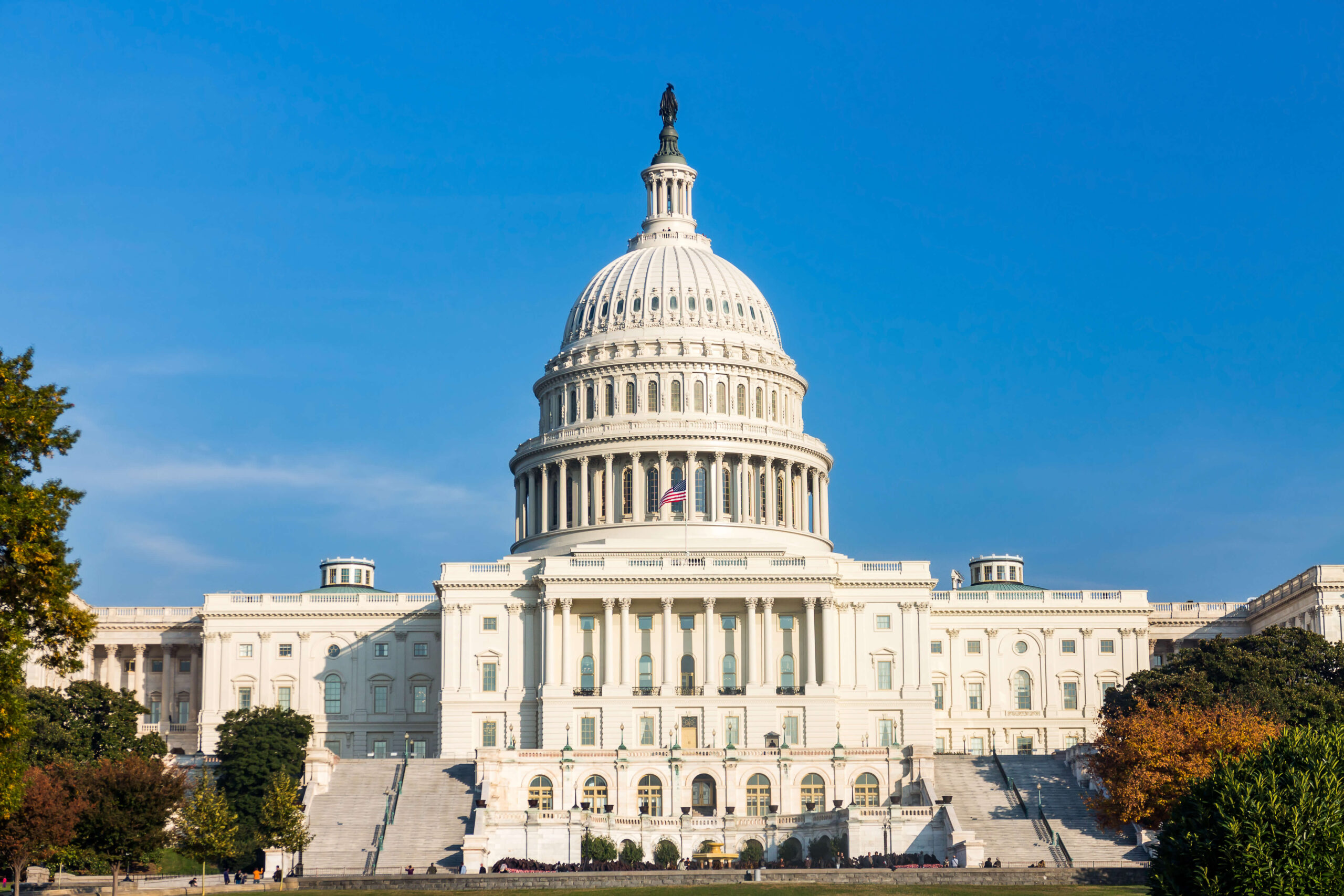Biden Signs Sixth COVID-19 Aid Package Into Law. President Joe Biden promised the country an enormous economic rescue plan, and this week he delivered. On March 11, 2021, President Biden signed into law the American Rescue Plan Act of 2021, a massive $1.9 trillion aid package that was passed using the arcane budget reconciliation process in Congress. Zero Republicans in the U.S. House of Representatives and U.S. Senate voted in favor of the legislation. We have all the details on how the law addresses individual stimulus checks, unemployment insurance, multiemployer pension plans, increased workplace safety enforcement, and more.
PRO Act Passes House. On March 9, 2021, the U.S. House of Representatives passed the Protecting the Right to Organize (PRO) Act of 2021 (H.R. 842) by a vote of 225–206. Five Republicans voted in favor of the bill, and one Democrat, Representative Henry Cuellar (TX-28), voted against the bill. The bill would, among other things, overturn 27 states’ right-to-work laws, enact a card check organizing scheme, and nationalize California’s AB 5 test for independent contractors. The bill faces an uphill climb in the Senate, as long as the legislative filibuster holds. But that won’t stop the bill’s proponents from putting a ton of political capital behind its passage. Helping to enact the PRO Act is the AFL-CIO’s top priority for 2021—even ahead of worker safety amidst the COVID-19 pandemic—and the labor organization is pushing senators to eliminate the filibuster if necessary.
DOL Moves to Rescind Trump-Era Wage and Hour Rules. On March 11, 2021, the U.S. Department of Labor (DOL) announced plans to rescind two significant regulations of the Trump-era DOL Wage and Hour division.
- The independent contractor rule under the Fair Labor Standards Act was finalized on January 7, 2021. As the Buzz recently reported, the effective date of the regulation was pushed back from March 8, 2021, to May 7, 2021. But as we surmised last week, this postponement merely delayed the inevitable, which was announced this week: the DOL will seek to rescind the regulation.
- The Fair Labor Standards Act joint-employer rule took effect in March 2020, but it was subsequently vacated by a federal district judge in New York. The rule had established a clear four-factor test for determining joint-employer status.
Comments on both proposals are due by April 12, 2021, which, quite frankly, seems like a rather quick turnaround time when dealing with two proposals. Don’t be surprised if this isn’t the last time the administration regulates in these areas.
Biden Boots EEOC’s Top Lawyer. On March 5, 2021, President Biden removed Sharon Fast Gustafson from her position as general counsel of the U.S. Equal Employment Opportunity Commission (EEOC). Gustafson’s term was not set to expire until 2023, and the applicable provision in Title VII of the Civil Rights Act of 1964 does not indicate that the GC serves at the pleasure of the president (“There shall be a General Counsel of the Commission appointed by the President, by and with the advice and consent of the Senate, for a term of four years”). President Biden did not provide a reason for the termination, but in a letter objecting to her removal, Gustafson wrote the following: “Your request that I resign provided no reason for the request, and I do not know which of your advisors recommended that you make the request. But please be aware that there are those who oppose my advocacy on behalf of employees who experience religious discrimination and on behalf of constitutional and statutory protections for religious entities.” The administration has not announced a nominee to replace Gustafson.
Beware the Ides of March. As a reminder to workplace safety stakeholders, the Buzz notes that pursuant to President Biden’s workplace safety executive order, we could see the Occupational Safety and Health Administration issue an emergency temporary standard—or standards—before March 15, 2021.
DHS Abandons Public Charge Rule. On March 9, 2021, the U.S. Department of Homeland Security (DHS) announced that it would no longer pursue appeals of federal court decisions that invalidated or enjoined the 2019 “public charge” rule. DHS stated that doing so was “neither in the public interest nor an efficient use of limited government resources.” In the meantime, pursuant to Executive Order 14012, “Restoring Faith in Our Legal Immigration Systems and Strengthening Integration and Inclusion Efforts for New Americans,” DHS has started its review of the public charge rule.
NLRB Withdraws Proposal on Student Employment. On March 12, 2021, the National Labor Relations Board (NLRB) announced the withdrawal of its regulatory proposal to exempt from the coverage of the National Labor Relations Act students who, in connection with their undergraduate and graduate studies, perform services for financial compensation for colleges or universities. The Board reasoned that the action would allow it to “focus its limited resources on competing Agency priorities, including the adjudication of unfair labor practice and representation cases currently in progress.” With the proposal out of the way, look for increased union organizing on college campuses.
Busting the Filibuster. As noted above, the fate of the Senate filibuster is a major topic of interest in the 117th Congress. But while the Senate’s tradition of unlimited debate and filibustering go back to the founding of the United States, the Senate’s ability to limit or cut off debate is a newer phenomenon. In fact, this week marked the 104th anniversary of the Senate’s adoption of the cloture rule (Senate Rule 22) on March 8, 1917. During World War I, President Woodrow Wilson became frustrated with the Senate’s filibustering of legislation that would have allowed for the arming of merchant ships. As a result of Wilson’s pleas, the Senate adopted its cloture rule. Originally, a two-thirds vote of the Senate—or 67 votes—was needed to end a filibuster, but in 1975 the threshold was lowered to 60 votes, where it remains today.





